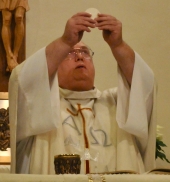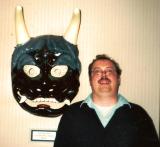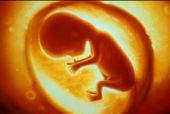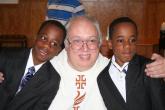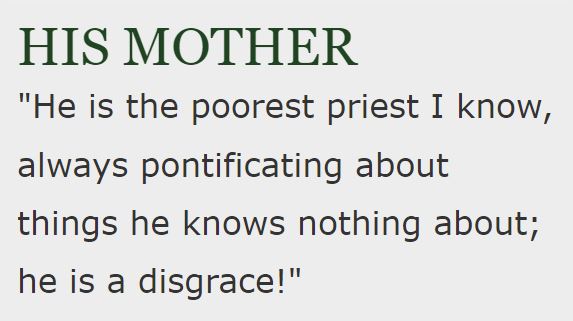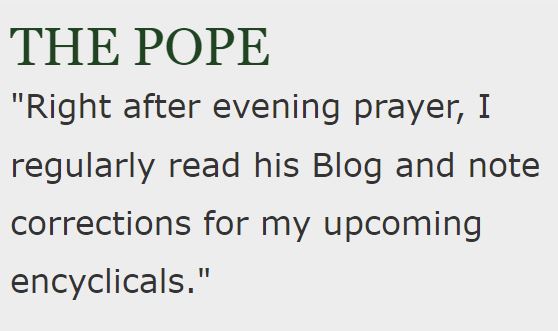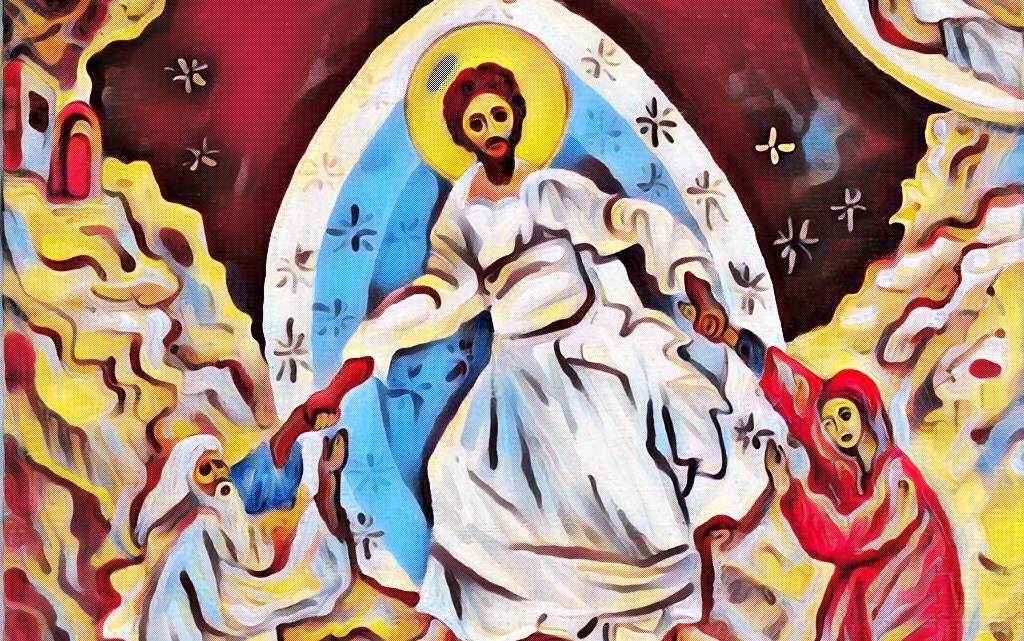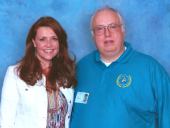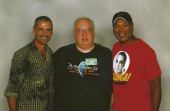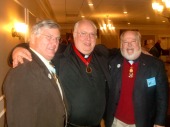Jesus is risen. We read in 1 Corinthians 15:3-8:
“For I handed on to you as of first importance what I also received: that Christ died for our sins in accordance with the scriptures; that he was buried; that he was raised on the third day in accordance with the scriptures; that he appeared to Cephas, then to the Twelve. After that, he appeared to more than five hundred brothers at once, most of whom are still living, though some have fallen asleep. After that he appeared to James, then to all the apostles. Last of all, as to one born abnormally, he appeared to me.”
If we are to be fishers of men, the apostle Paul images the resurrection as the hook of Christianity. He asserts:
“But if Christ is preached as raised from the dead, how can some among you say there is no resurrection of the dead? If there is no resurrection of the dead, then neither has Christ been raised. And if Christ has not been raised, then empty too is our preaching; empty, too, your faith” (1 Corinthians 15:12-14).
What happens with the death of Christ on the Cross? Death is defined as the separation of the body and the soul. In the case of Jesus, his body and soul were still united to him as a divine Person. The creed stipulates that he descended into hell, or unto the quick, or to the dead. I recall an Eastern icon with devils reaching for the feet of Adam and Eve as Christ raises them up by their hair. However, despite the symbolism, this is not the hell of the damned. Our Lord descends to the Limbo of the Fathers to take claim of the righteous dead who from the beginning of the world were awaiting the opening of heaven’s gates. Jesus is literally the bridge or the way to the Father. The prophets, patriarchs, and other faithful waited in a passing abode for the dead. Also included among their number would have been godly gentiles. The Good News is preached by Jesus to those who preserved the promise and came before his redemptive work. We are reminded of Jesus’ words when he told his critics:
“And concerning the resurrection of the dead, have you not read what was said to you by God, ‘I am the God of Abraham, the God of Isaac, and the God of Jacob’? He is not the God of the dead but of the living” (Matthew 22:31-32).
We do not cease to be at death. The dead are alive. The Limbo of the Dead ceases to exist with the translation of its inhabitants to heaven. Between now and the end of the world there exists a transitory place of purification called purgatory. At the judgment that will also pass away. The two realities that will remain are heaven for the angels and saints and hell for the devils and damned. (Some argue for a Limbo of the Innocents, but many reckon it as only a Scholastic theory devised to keep unbaptized infants out of hell. The speculation is that they might be naturally happy but ignorant of God. Many of us hope that they will be granted so much more. We were made for God.) The chief apostle acknowledges Jesus’ proclamation to the dead. “In it he also went to preach to the spirits in prison” (1 Peter 3:19). Of course, Jesus did not stay dead. Those in the prison of Limbo find release and are given a share in Christ’s life. As a sign of this reality, we read in Matthew 27:52-53:
“. . . tombs were opened, and the bodies of many saints who had fallen asleep were raised. And coming forth from their tombs after his resurrection, they entered the holy city and appeared to many.”
Filed under: Uncategorized | Tagged: Bible, christianity, Easter, Jesus, Resurrection | Leave a comment »



